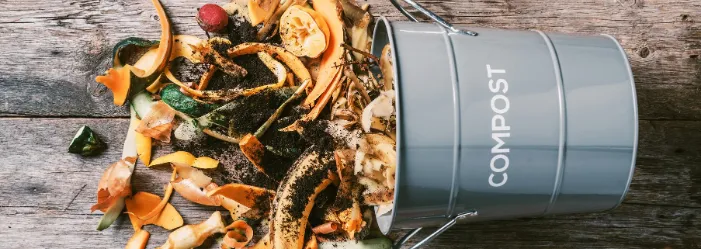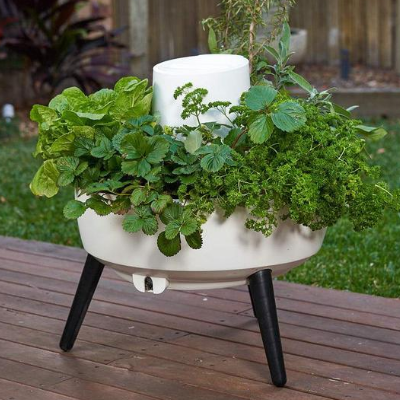Wormfarming & Composting

Wormfarming & Composting – where to start?
So you want to make your food scraps work and reap the benefits of nutrient rich soil; but how do you decide where to start and what’s best for you?
You’re probably aware of the horrifying stats: in Australia, over seven million tonnes of food ends up as landfill, enough to fill 13,000 Olympic sized swimming pools every single year. And of course, when food scraps are sent to landfill, they release methane – in fact, if food waste was a country, it would be the third biggest emitter of global greenhouse gases, after USA and China.
But when it comes to reducing the amount of food waste we throw out as rubbish each week (which can be as much as a third to half of our household bins), many of us don’t know where to begin and wrongly assume that the solution is onerous, smelly and dirty – and that a big garden or outside space is an imperative.
What you can do?
- Don’t produce a lot of food scraps
- Have a smaller place and no access to any bare earth
- Don’t have any garden materials (such as grass clippings or leaves) you need to get rid of

Composting is best if you:
- Have space to put a compost unit (most compost bins sit on bare earth but you if you don’t have a patch of dirt available, you could consider a tumbling composting unit)
- Have garden waste (you’ll want to be using 50/50 food scraps & garden waste)
Composting allows you to add in a larger volume and greater variety of food scraps than in a wormfarm (garlic, onions and citrus are all banned in wormfarms) and you can also throw in your garden clippings and leaves.
If you live in an apartment with no outdoor space, a bokashi bin is your best bet (though in this case you’ll technically be fermenting rather than composting by using microbes to break down your food waste).
A bokashi suits if you:
- Don’t have a great deal of space
- Want to compost meat, dairy, bread, and small bones (all without smelling or attracting insects!)
- Have somewhere to bury the fermented semi-solid matter (but of course this is where Share Waste can come in – you can donate your by-product to a neighbour, or drop it off at a community garden)
The best news? Whichever choice you make; whether you opt for a compost unit, worm farm or bokashi bin, be prepared to almost halve the amount of rubbish you put in your bin each week! So – are you ready to Step Up?
